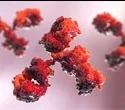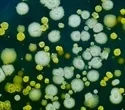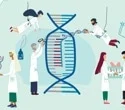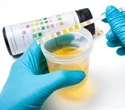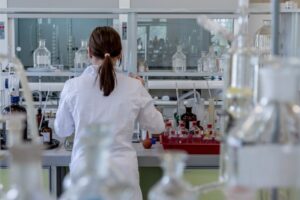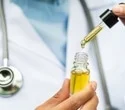
Blood platelet glycoprotein V serves as a crucial switch for the processes of hemostasis and thrombus formation. This fresh discovery might be very clinically useful.
It’s crucial to stop the bleeding and close the wound when cuts, abrasions, or bruises damage our blood vessels. Hemostasis is the medical term for this procedure, which has two key parts: Blood platelets first adhere to the borders of the wound, creating a plug that temporarily seals the lesion. Second, the coagulation cascade or blood coagulation is started, resulting in the creation of lengthy fibrin fibers and the tight sealing of the wound by platelets.
However, excessive fibrin production, such as that seen in chronic wounds, can lead to thrombosis and ensuing arterial occlusions. Hence, fibrin formation is strictly regulated.
Researchers have now uncovered a key regulatory mechanism governing fibrin formation as part of an international study managed by the University Hospital of Würzburg, and they have suggested brand-new therapeutic strategies. The prestigious journal Nature Cardiovascular Research has published the findings. “We discovered a new switching point that controls both hemostasis and thrombosis for the first time. Glycoprotein V, or GPV, which is expressed on the surface of blood platelets, is this switch.
The activity of the thrombin enzyme, which produces fibrin, is regulated by GPV “explains Bernhard Nieswandt, director of the Institute of Experimental Biomedicine I and a member of the Rudolf Virchow Center’s (RVZ) board of directors, the Center for Integrative and Translational Bioimaging.
In experimental thrombosis models, soluble GPV was shown to prevent, among other things, the formation of vaso-occlusive thrombi and to lead to a significant protection from experimental stroke and associated brain damage.
Bernhard Nieswandt is convinced that these new findings will change textbook knowledge. He thanks all participating scientists from the RVZ and the University Hospital Würzburg (UKW), who were supported by colleagues from Mainz, Maastricht, and the USA.

